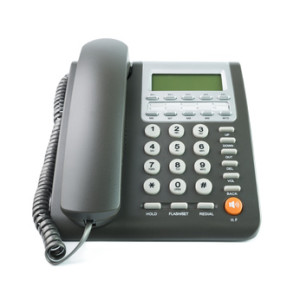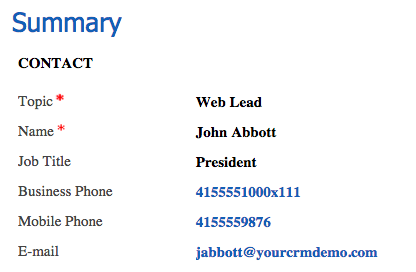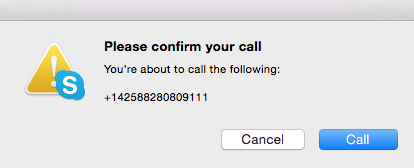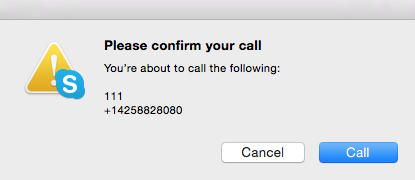 As VoIP and CRM mobile apps become more prevalent, it’s becoming less common for CRM users to swivel to a physical desk phone and manually dial a phone number.
As VoIP and CRM mobile apps become more prevalent, it’s becoming less common for CRM users to swivel to a physical desk phone and manually dial a phone number.
CRM users are more likely than ever to dial numbers directly from their desktop screen or from their mobile device. However, the traditional all-in-one CRM Phone field that can include an extension number can cause misdials in certain scenarios.
Extension Number in CRM Phone Fields
Most of the leading CRM systems do not ship with an Extension field that is separate from the Phone field. The convention is to add the extension number in the phone field as follows (shown in Microsoft Dynamics CRM and Salesforce respectively):


iPhone, in particular, does not properly handle phone number fields with extension numbers in the above formats. When a phone number with an extension in a CRM system appears on an iPhone either by way of a mobile CRM app or via a contact sync with the mobile device’s native address book, the call will not go through when the number is tapped.
For example, when a phone number field contains 415-555-1000×111, the number will get sent out to the network as 4155551000111 on iPhone. iPhone will consider the string to be an international number from the perspective of a U.S. or Canadian iPhone user. With Verizon, this results in an intercept message.
This, understandably, can cause considerable frustration to a salesperson or field service person who’s trying to dial while on the move.
Simply adding commas (comma is the “pause” character) to a phone number string (i.e. 415-555-1000,,,111) in CRM can result in DTMF getting dialed into a live attendant’s ear.
A solution is to train CRM users to enter extension numbers into the phone number field as follows, using a semicolon as the “wait” character:
415-555-1000;111
In this format on iPhone, the extension number will not be sent to the network as part of the dial string.
The other benefit to using a semicolon is that an application such as Skype, which would dial the number properly either way, provides better information to the user when a semicolon is used as the separator in CRM.
With an “x” as the extension separator, here’s what the confirmation dialog looks like:

With a semicolon as the extension separator:

CRM Leads and Extension Numbers
Some companies create a custom extension number field in CRM. If the extension number is a text field, it can be used to store other information that helps inside salespeople with the pursuit of and handoff of leads to outside salespeople.
When a web lead or a marketing automation lead is enriched with a third party service such as InsideView or via built-in enrichment such as what HubSpot offers, the sourced phone number is much more likely to be the company’s main phone number than the person’s direct number. In that case, the only way a caller is going to get through to the person’s desk is if the automated attended has a dial by name directory or voice activated directory (and a match is found) — or if a live person answers the phone.
There could be pre-determined conventions for the field’s contents which could help with subsequent call attempts by an inside salesperson or with later attempts after a handoff to an outside salesperson. For example:
“201” – The person’s extension number
“DBN4” – There’s a dial by name directory and you can press 4 to get to it
“LO” or “LA” – A live operator or live attendant answers during business hours
“MBL” – This is the person’s mobile number, not an office number
Since there is a risk of this text field getting populated with “creative” text values, a validation rule could be used to ensure that the entered value conforms to one of the established conventions.
When a direct phone number or extension number is discovered by a caller, the extension number field could be blanked out or updated.
The downside to storing an extension number in its own field is that when CRM records are synched to Exchange Server or Google Apps Contacts, the extension number will not sync across to a mobile phone’s native address book.
Lead Conversion and Extension Numbers
Another reason to separate out the extension number is because of the following case. When a Lead is converted to an Account/Contact, the Account phone number field inherits an extension number when there was one in the Lead’s phone field.

If the extension number is not removed from the Account record’s phone field, when any additional contacts are created, those contacts will default to having the same extension number as the original Lead. This can lead CRM users to dial the wrong extension.
How extension numbers should be managed is not an area that typically gets much, if any, attention in the CRM requirements definition phase. However, organizations with large inside sales teams and/or a large number of mobile users should consider some of the alternative approaches.



